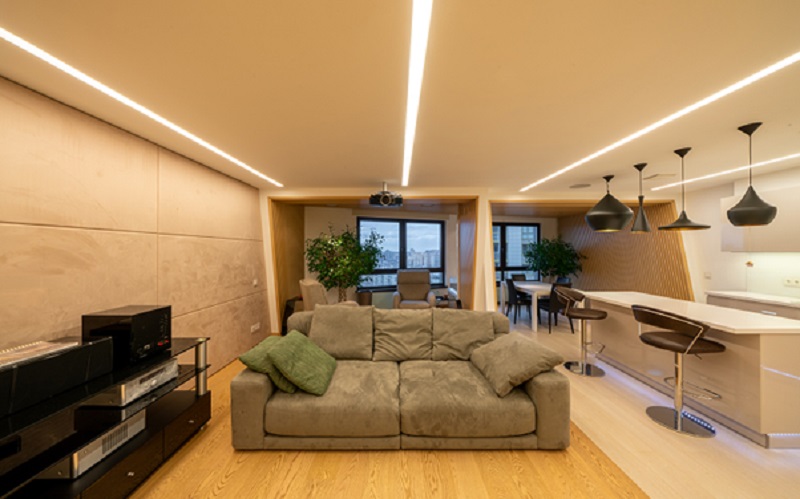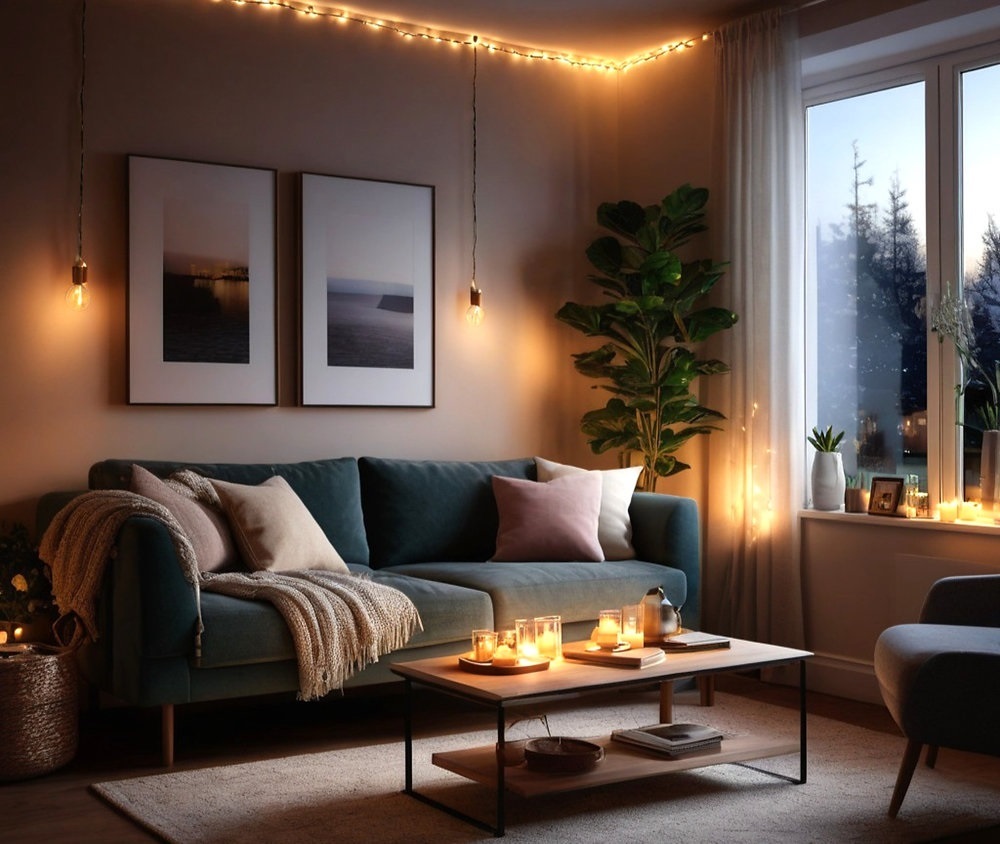Finding the perfect lighting for your home is not just about choosing a stylish fixture; it also involves selecting the right brightness level for each space. When done correctly, good lighting can make your home feel more welcoming, efficient, and comfortable. One of the key elements to get right is lumens, the measure of light output. Whether you’re upgrading to energy-efficient LED ceiling lights or designing a new lighting plan, understanding how to calculate lumens for each room will make all the difference.
Understanding Lumens Versus Watts
For many Singaporeans familiar with traditional incandescent bulbs, the concept of lumens might seem unfamiliar. In the past, brightness was associated with wattage. However, watts measure energy consumption, not brightness. With the popularity of energy-saving options like LED ceiling lights, lumens have become the standard way to measure how much light a bulb emits. For instance, a 10-watt LED can easily produce the same brightness as a 60-watt incandescent bulb, but with far less energy.
Know Your Room’s Function
The type of activities performed in each room should guide how many lumens are required. For example, a bedroom typically needs soft, ambient light for relaxation, while a kitchen or home office demands brighter task lighting. In Singapore’s compact homes, it is common for spaces to serve multiple purposes. For this reason, layering your lighting and calculating the correct lumens for each function is crucial. For general reference, a living room usually requires about 1,500 to 3,000 lumens, whereas a workspace or kitchen could need up to 8,000 lumens.
Calculate the Lumen Requirement
To calculate how many lumens a room needs, you can use a simple formula:
Room Square Metres × Lux Level = Total Lumens Required
Lux is a measure of illumination, where one lux equals one lumen per square metre. Here are recommended lux levels for common spaces:
Living rooms – 100–300 lux
Bedrooms – 100–200 lux
Kitchens – 300–800 lux
Bathrooms – 300–500 lux
Offices – 400–1000 lux
Let’s say your kitchen is 10 square metres, and you want 500 lux for sufficient brightness. Multiply 10 by 500, and you’ll get 5,000 lumens. This means your lighting setup should provide that total output to meet the room’s needs.
Choose The Right Fixture For Your Layout
While brightness is important, the fixture you choose also plays a role in light distribution. A round ceiling light, for instance, is ideal for providing even illumination in centralised spaces like dining rooms or bedrooms. It spreads light in all directions and can reduce shadows, which is especially helpful in areas where visual clarity is needed. Consider the room’s ceiling height and reflectivity of walls and furniture when buying lighting from furnishing companies, as these affect how much light is experienced by the user. A matte wall absorbs more light compared to a glossy or lighter-coloured surface, so you might need a slightly higher lumen output in such cases.
Avoid Over-Lighting And Under-Lighting
Having too much light can be just as uncomfortable as too little. Over-lighting can cause glare, eye strain, and an unpleasant atmosphere. Conversely, under-lighting can make a space feel gloomy and less functional. The key is balance—use a mix of ambient, task, and accent lighting. LED ceiling lights are great for ambient purposes and pair well with table lamps or under-cabinet strips to target specific zones. This approach also allows you to vary the brightness according to different times of day or activities.
Consider Dimmers And Smart Lighting
To increase flexibility and control, consider adding dimmable features or smart lighting solutions. This is especially useful in multi-functional spaces like living rooms, where you may want bright lighting during the day and softer tones in the evening. Many modern round ceiling light models are now compatible with smart home systems, giving you more control over both brightness and colour temperature with the touch of a button.
Final Tips Before Installation
When finalising your lighting plan, always cross-check the lumens required against your chosen light fixtures. Look for the lumen output on product packaging and ensure the total from all fixtures in the room meets your calculated needs. For example, if your living room needs 3,000 lumens, you could combine two LED ceiling lights of 1,500 lumens each to achieve optimal brightness. Consulting a professional can also be helpful, especially when dealing with layered lighting or large spaces.
Conclusion
Calculating the right lumens for every room is essential for comfort, efficiency, and design harmony. With proper planning, the right mix of lighting types, and energy-saving solutions like round ceiling light fixtures, your home can be both functional and beautifully lit. For tailored lighting advice and high-quality products, get to know more about Sense N Bedeck and brighten your living spaces the smart way.





